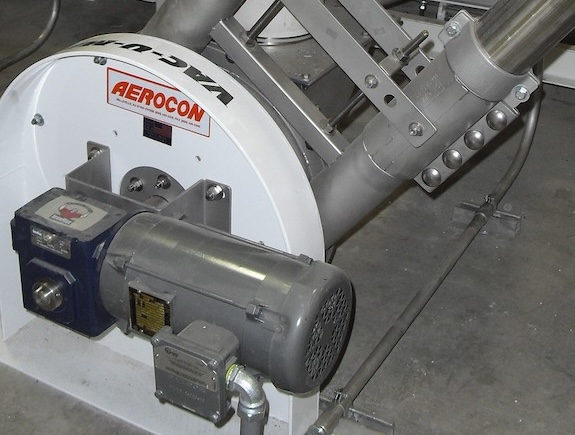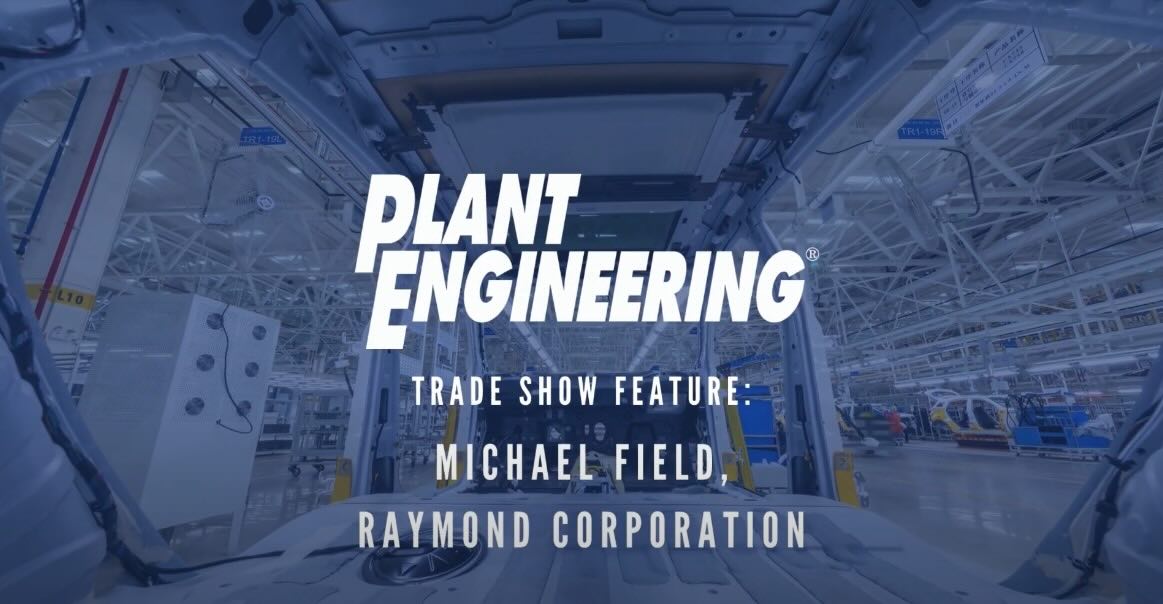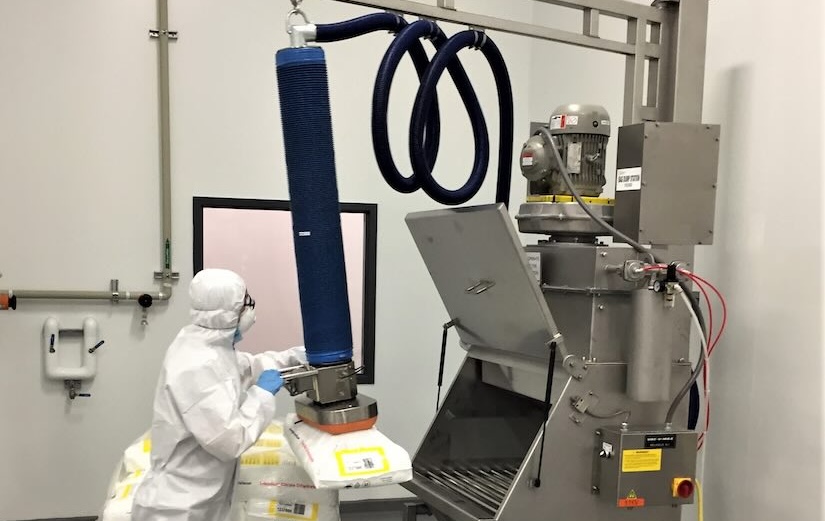There was an interesting front page story recently in the Wall Street Journal about Wal-Mart. The point was fairly straightforward – the age of Wal-Mart has come and gone. As you would expect, the article detailed some of the global retailer’s difficulties of late. But the real centerpiece was the claim that the age of supplying goods at the lowest prices, the Wal-Mart credo, has co...
There was an interesting front page story recently in the Wall Street Journal about Wal-Mart. The point was fairly straightforward — the age of Wal-Mart has come and gone.
As you would expect, the article detailed some of the global retailer’s difficulties of late. But the real centerpiece was the claim that the age of supplying goods at the lowest prices, the Wal-Mart credo, has come and gone. Instead, retailers can now thrive with higher prices if they supply other qualities such as convenience, style and uniqueness, to name three.
Now, it really doesn’t matter whether the Journal is right or wrong about the future of Wal-Mart. And we all know that price is always a factor in any buying decision. But reading the article does raise a question: is U.S. manufacturing’s current focus on lowering costs by offshoring the right strategy for the future?
It will come as a surprise to some that U.S. manufacturing is in much better shape than is generally portrayed. Yes, considerable manufacturing has moved offshore, and as would be expected, the number of manufacturing jobs has dropped accordingly.
Unrealized by many is that the U.S. is still the largest manufacturer in the world. Japan is the second largest, followed by China and Germany. That’s expected to change in coming years, but the U.S. is not expected to slip beyond the second spot. In other words, some sectors of manufacturing are better off here than over there. That must mean that there are different models for manufacturing success in the U.S.
Just as manufacturers today are different than they were a few years ago, they will be different yet again in years to come. Exactly what that future profile will be depends on many factors and the dynamics between those factors. Prominent on the list will be labor, technology, processes and practices. But paramount among all factors will be this one — waste. Or more precisely, the elimination of waste.
Waste has always been a driver of U.S. manufacturing. It wasn’t just discovered. Henry Ford was focused on eliminating waste when he created the modern assembly line. And as Lean is applied to manufacturing today, waste is what stands in the way of true efficiency and productivity.
Earlier this year at ProMat 2007, three executives talked about how Lean manufacturing literally saved their companies. All three — Buck Knives, Ariens and New Balance — make products — knives, yard equipment and athletic shoes — that most would consider to be no brainers to produce offshore. Their competitors do just that.
Now to be clear, Buck Knives, Ariens and New Balance have offshore components to their businesses and manufacturing, but the majority of their final products are produced here. In other words, the three have thought about manufacturing differently and developed hybrid solutions with a strong focus on improving their processes by eliminating waste.
Even former Speaker of the House Newt Gingrich understands the importance of Lean and elimination of waste. The use of “even” in the previous sentence is not a political comment one way or the other. He’s just an unlikely person to be talking about Lean, but he gets it.
Gingrich recently wrote a piece about what works in this country, and Lean manufacturing is on his list. He even did a video about what works and what doesn’t called “FedEx vs. Federal Bureaucracy.” You can catch it on YouTube, where more than 1.1 million people have watched the three-minute clip. While he doesn’t mention Lean in the video, Gingrich makes it clear that things can work when the environment is right.
That same thought can be applied to U.S. manufacturing, where the elimination of waste is not practiced nearly as widely as it could be. So many manufacturers have rushed to offshore production rather than reworking their manufacturing processes here to eliminate waste and inefficiency. In so doing, they now live with extended supply chains that have their own waste and inefficiencies.
The focus needs to be on elimination of waste at all stages of manufacturing. Within the four walls of the plant. Between manufacturers and their suppliers. Across supply chains for entire companies and their products. All the way to the ultimate consumer.
Buck Knives, Ariens, New Balance and many others have already proven that the elimination of waste can turn around companies. They did that with a hybrid model that keeps key factors in balance. It’s also a model that gives manufacturing in the U.S. a chance to move on to the next level of success.
| Author Information |
| Prior to joining MHIA as senior vice president of professional development this past June, Gary Forger served as editorial director of Reed Business Information’s Modern Materials Handling magazine. He has more than 30 years of journalistic experience and has covered the material handling and logistics industry and the use of its technology in warehousing, distribution and manufacturing since 1984. |



